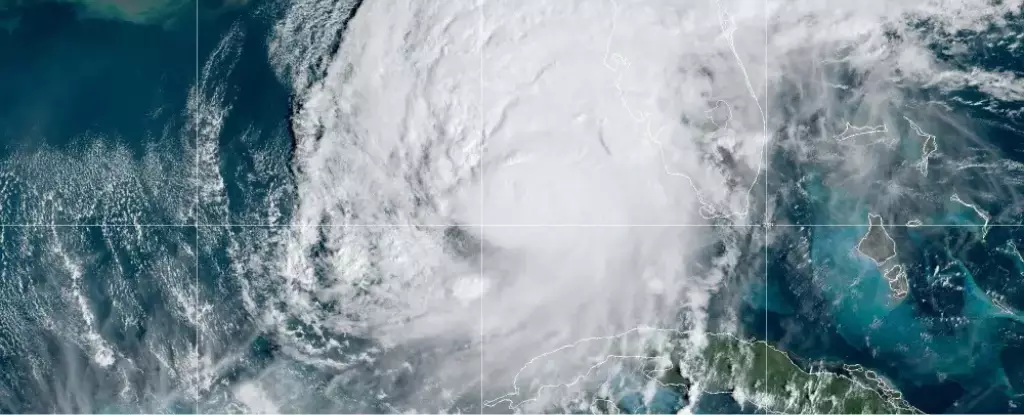The Atlantic hurricane season, renowned for its unpredictability and intensity, is experiencing a notable resurgence after a relatively quiet August. In the wake of Hurricane Helene’s recent devastation in Florida, the state is bracing for Hurricane Milton, which has escalated to a Category 4 storm and is expected to make landfall shortly. These two back-to-back hurricanes prompt questions regarding the remainder of the season and the underlying climatic conditions that govern hurricane activity.
Hurricane Milton’s emergence signals a critical juncture in this hurricane season, which had initially shown signs of calm. The National Oceanic and Atmospheric Administration (NOAA) had forecast an active season, predicting an average of up to 13 hurricanes. To date, nine storms have emerged, affirming predictions while leaving open the possibility of more storms forming as the season progresses. Experts suggest that the quiet August stands as a brief interlude rather than a herald of an early end to the hurricane season.
Kelly Núñez Ocasio, an assistant professor at Texas A&M, underlined the likelihood of additional storms before the season concludes. This pattern aligns with established meteorological principles, where periods of inactivity can precede significant storm outbreaks. Thus, a keen awareness of changing meteorological patterns is essential for preparedness.
Factors Influencing Hurricane Activity
As natural systems often exhibit variability, the weather patterns that traditionally propel the formation and intensification of hurricanes have recently shifted. Notably, Africa’s monsoon season, which typically feeds storms with necessary moisture, shifted northward into drier regions earlier in the summer. This deviation contributed to a lull in hurricane activity—one rarely seen during the peak months of September and October.
Amidst these fluctuations, La Niña conditions are just beginning to materialize, which historically reduces wind shear and encourages storm development. Matthew Rosencrans from NOAA reports that La Niña is approaching its full capacity, a situation that could potentially avert the recent lull and lead to a resurgence in storm activity. As the Gulf of Mexico remains saturated with disturbingly warm ocean temperatures, conditions are ripe for rapid storm intensification, as evidenced by Hurricane Milton’s swift escalation.
As researchers delve deeper into weather patterns, there is growing recognition of climate change’s impact on hurricane formation. A study published in June by Núñez Ocasio and her colleagues indicates that rising atmospheric moisture levels—an outcome of climate change—could transform the dynamics of storms. Typically, increased moisture leads to heightened storm activity; however, there exists a delicate balance, as excessive moisture could shift storm energy away from its usual origin zones, complicating predictions.
This year’s unusual shifts in hurricane behavior may be precursors of future seasons. The potential for changes in hurricane peak periods highlights the pressing need for adaptability in both scientific research and public preparedness.
Despite the unpredictability inherent in hurricane forecasting, experts maintain that preparation is paramount. Núñez Ocasio emphasizes the necessity of proactive measures, as the primary objective remains safeguarding lives and property. The evolving nature of weather patterns highlights the importance of ongoing monitoring and the alignment of community readiness with real-time data.
As we move through the rest of October, the anticipated shift of atmospheric conditions southward, particularly towards the Caribbean, will be critical. The predictive models suggest that myriads of factors will determine the hurricane season’s behavior. These include not only oceanic temperatures and moisture levels but also human responses to the changing risks posed by these formidable natural phenomena.
The Atlantic hurricane season serves as a dynamic example of nature’s complex behavior, influenced by multitudes of climatic factors. As we navigate through this season’s uncertain yet critical moments, it becomes increasingly evident that vigilance and preparedness remain essential. The interplay of meteorological phenomena, climate change implications, and evolutionary shifts in the timing of storm activity underscores the urgency for heightened awareness in the face of evolving climate dynamics. By comprehensively understanding these influences, we are better equipped to anticipate and respond to the challenges that lie ahead.


Leave a Reply